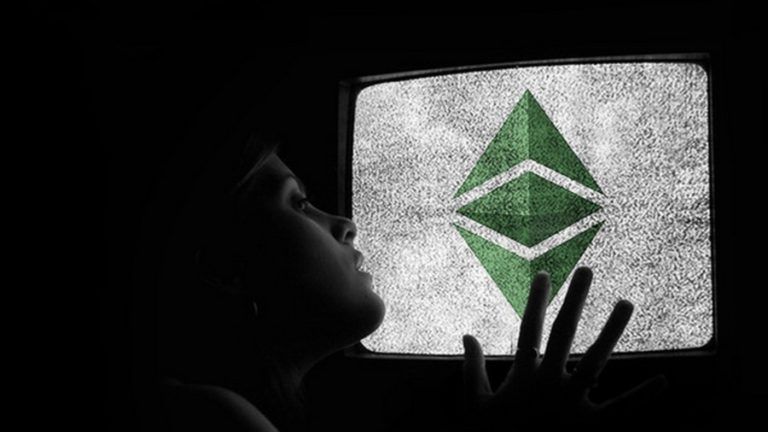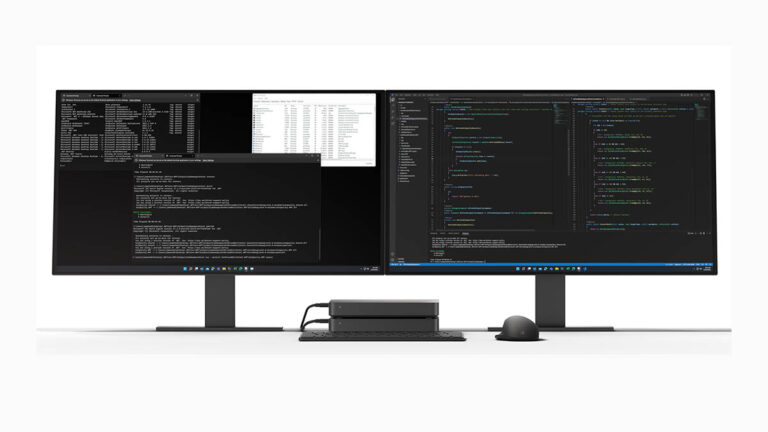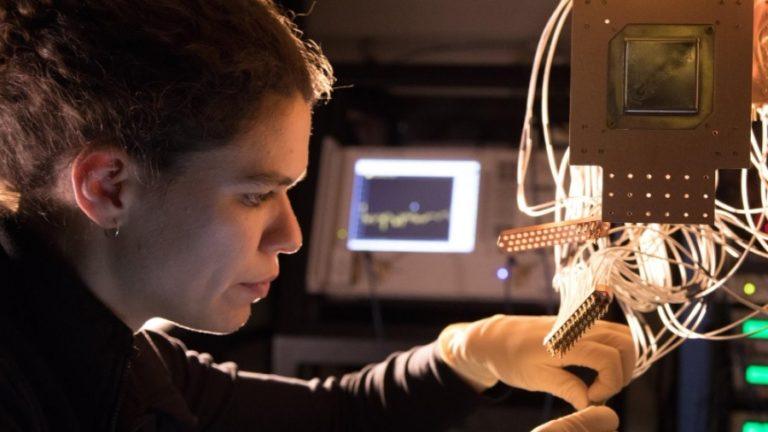India’s 2nd Lunar Mission ‘Chandrayaan-2’: Everything You Need To Know
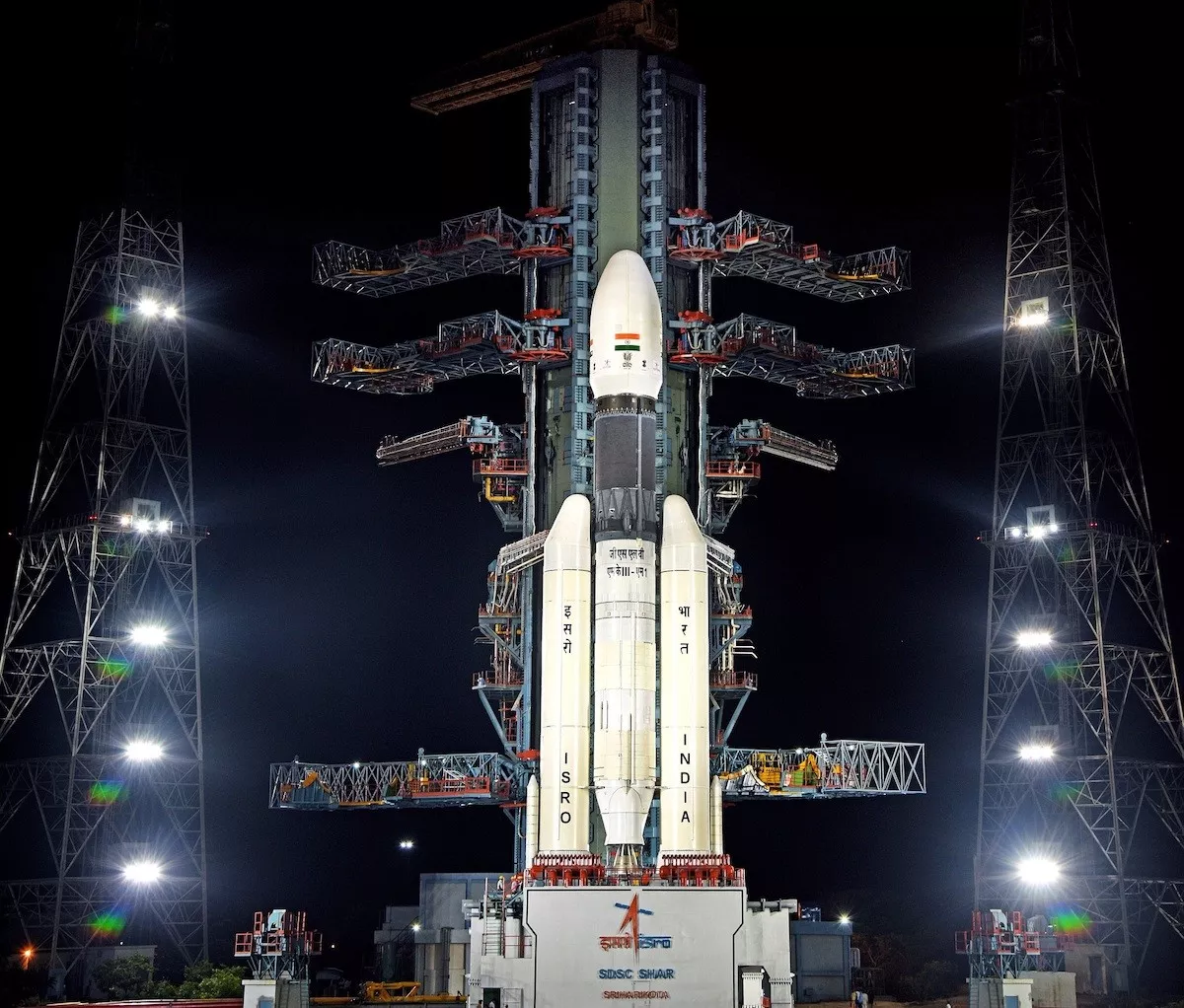
After facing a technical snag in GSLV-Mk-III rocket last week, the Chandrayaan-2 was successfully launched today at 2:43 pm. It is India’s second lunar mission after the success of Chandrayaan-1 11 years ago which created history by being operational for 312 days and making over 3,400 orbits around the moon.
Chandrayaan-2 will take almost 7 to 8 weeks to land on the moon. And with its successful landing, India will be the fourth country after Russia, China, and America to soft-land on the moon’s surface successfully.
Chandrayaan-2: The Lander ‘Vikram,’ the Rover ‘Pragyan’ and an Orbiter
Chandrayaan-2 consists of three parts: a lander, a rover, and an orbiter; with all three components, the spacecraft weighs 3,850 Kg.
Launcher
 The spacecraft has been launched using Geosynchronous Satellite Launch Vehicle Mark-III (GSLV Mk-III) which is India’s most powerful launcher to date. This launcher is capable of launching ‘4-ton class’ of satellites to the Geosynchronous Transfer Orbit (GTO). GSLV Mk-III has three components: S200 solid rocket boosters, L110 liquid stage, and C25 upper stage.
The spacecraft has been launched using Geosynchronous Satellite Launch Vehicle Mark-III (GSLV Mk-III) which is India’s most powerful launcher to date. This launcher is capable of launching ‘4-ton class’ of satellites to the Geosynchronous Transfer Orbit (GTO). GSLV Mk-III has three components: S200 solid rocket boosters, L110 liquid stage, and C25 upper stage.
Orbiter
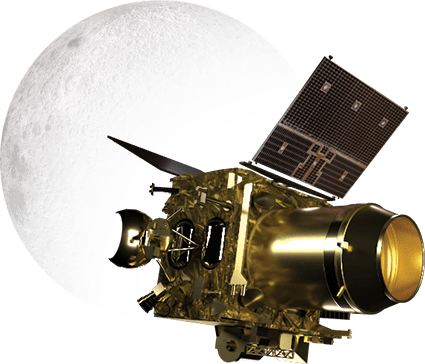 Weight: 2,379 Kg
Weight: 2,379 Kg
Electric Power Generation Capability: 1,000 W
The orbiter is part of a spacecraft that revolves around the moon or any other astronomical body. During the launch of Chandrayaan-2, the orbiter remains in contact with Vikram Lander and the Indian Deep Space Network (IDSN) situated at Byalalu, a village in Bangalore. The orbiter deployed in Chandrayaan-2 has the mission life of one year and it will be placed in a 100X100 km lunar polar orbit.
‘Vikram’ Lander
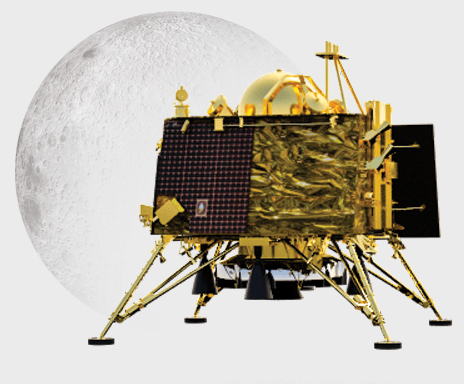 Weight: 1,471 Kg
Weight: 1,471 Kg
Electric Power Generation Capability: 650 W
Chandrayaan-2’s lander is named after Dr. Vikram A Sarabhai – the Father of the Indian Space Programme. ‘Vikram’ lander will facilitate the soft landing of the rover on the lunar surface. The lander has been designed to function flawlessly for one lunar day. One lunar day is equivalent to 14 days on Earth. ISRO has designed ‘Vikram’ to communicate with IDSN, the rover, and the Orbiter.
‘Pragyan’ Rover
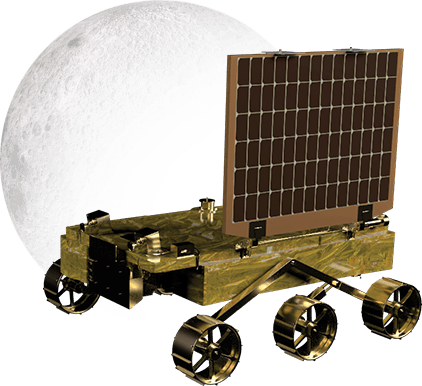 Weight: 27Kg
Weight: 27Kg
Electric Power Generation Capability: 50 W
‘Pragyan’ is a 6-wheeled robotic vehicle that will serve as the rover for Chandrayaan-2 mission. ‘Pragyan,’ a Sanskrit word when translated means ‘wisdom.’ ‘Pragyan’ rover can travel up to 500m and will be powered by solar energy. The rover will only be in direct communication with the Lander.
Chandrayaan-2 will soft-land the Vikram lander and Pragyan rover in a high plain between two craters – Manzinus C and Simpelius N, at a latitude of about 70 degrees south.
Objectives Of Chandrayaan-2
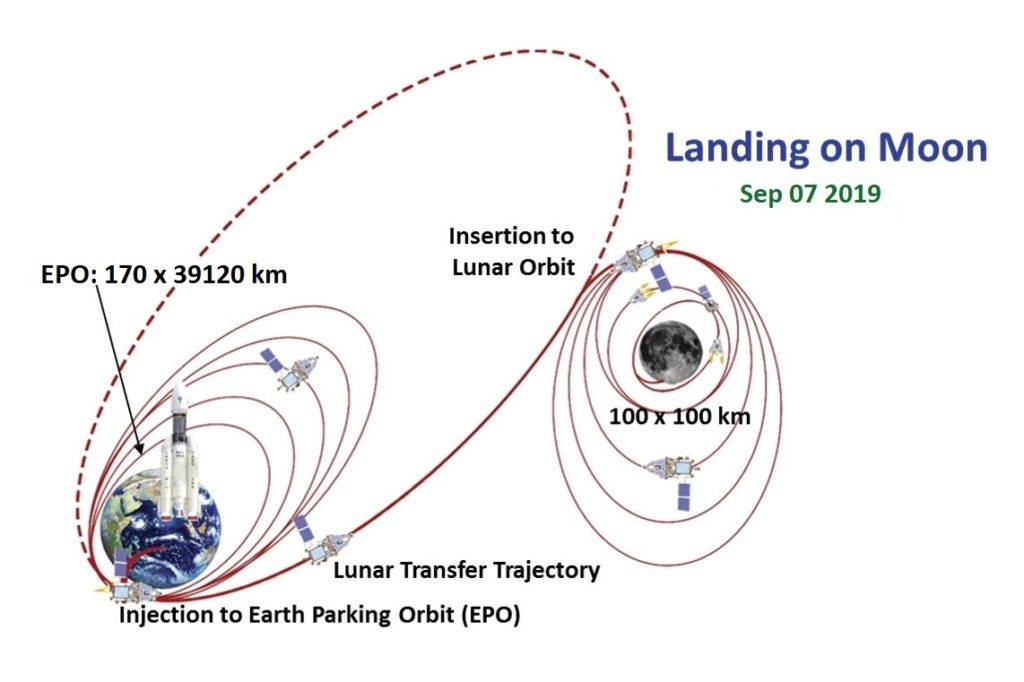 Chandrayaan-2, India’s second lunar expedition will explore the moon’s south polar region. ISRO’s website reads, “This mission will help us gain a better understanding of the origin and evolution of the Moon by conducting detailed topographical studies, comprehensive mineralogical analyses, and a host of other experiments on the lunar surface.”
Chandrayaan-2, India’s second lunar expedition will explore the moon’s south polar region. ISRO’s website reads, “This mission will help us gain a better understanding of the origin and evolution of the Moon by conducting detailed topographical studies, comprehensive mineralogical analyses, and a host of other experiments on the lunar surface.”
There are three major objectives behind India’s Chandrayaan-2 lunar mission:
- Expanding’s India’s footprint in space.
- Inspiring a future generation of scientists, engineers, and explorers.
- Surpassing international aspirations.
Why Chandrayaan-2 Will Explore The Moon’s South Pole Specifically?
Moon’s South Pole is an unexplored part and remains dark as compared to its North pole. Since it is an unexplored area, it is possible that the Chandrayaan-2 might find water in that area. Additionally, the moon’s South Pole also has craters with fossil records that could help scientists learn more about the early solar system.
Why Is India Landing On The Moon Again?
India explored the lunar surface with Chandrayaan-1 11 years ago. The debut attempt of ISRO in the form of Chandrayaan-1 confirmed the presence of water molecules on the lunar surface.
Chandryaan-2 is meant to take forward the operations which didn’t happen at the of its predecessor.
What Are The Technical Challenges That Could Be Faced By Chandrayaan-2?
As per ISRO, the following are the technical complications involved in the Chandrayaan-2 mission:
- The propulsion system consisting of throttleable engines to ensure landing at low touch down velocity.
- Mission management – propellant management at various stages, engine burns, orbit and trajectory design.
- Lander Development – Navigation, guidance and control, sensors for navigation and hazard avoidance, communication systems and lander leg mechanism for soft landing
- Rover Development – Roll down (from the lander) mechanism, roving mechanism (on the lunar surface), development and testing of power systems, thermal systems, communication and mobility systems.
What Is The Significance of Chandrayaan-2 Mission For India and the World?
Chandrayaan-2 is a 978 crore mission which is considered as one of the most complex missions undertaken by ISRO since it was established in 1969. For India, Chandrayaan-2 is a mission that will succeed highly lauded Chandrayaan-1 mission. In the first attempt, the spacecraft was successful in discovering the traces of water on the moon which was a pathbreaking discovery. Additionally, Chandrayaan-1 also detected metals like Magnesium, Silicon and Aluminium on the moon’s surface.
It is the first time that a spacecraft will land on the Moon’s south polar region. This is the reason why the mission has attracted the eyes of space agencies from all over the world.
If successful, Chandrayaan-2 will provide insights and experience that would be helpful in understanding the moon in a better way. Moreover, the mission is expected to bring a paradigm shift at how lunar missions are approached in the future.
With Chandrayaan-2, India is fostering a new age of discovery and establishing a strong foothold in the space missions. It will also promote global alliances and stimulate the advancement of technology in the field of space.
Facts About Chandrayan-2
Here are some interesting facts about India’s second moon mission:
- 1st space mission to execute a soft landing on the moon’s south polar region.
- 1st Indian expedition to attempt a soft-landing on the moon’s surface with home-grown technology.
- 1st Indian mission to explore the lunar terrain with home-grown technology.
- India will become the fourth country to execute soft landing on the moon’s surface.
- Chandrayaan-2 spacecraft carries 13 different payloads and an instrument from NASA that will study the moon’s interior surface.
Also Read: Musk’s Next Hyperloop Competition Will Finally Happen In A Tunnel


